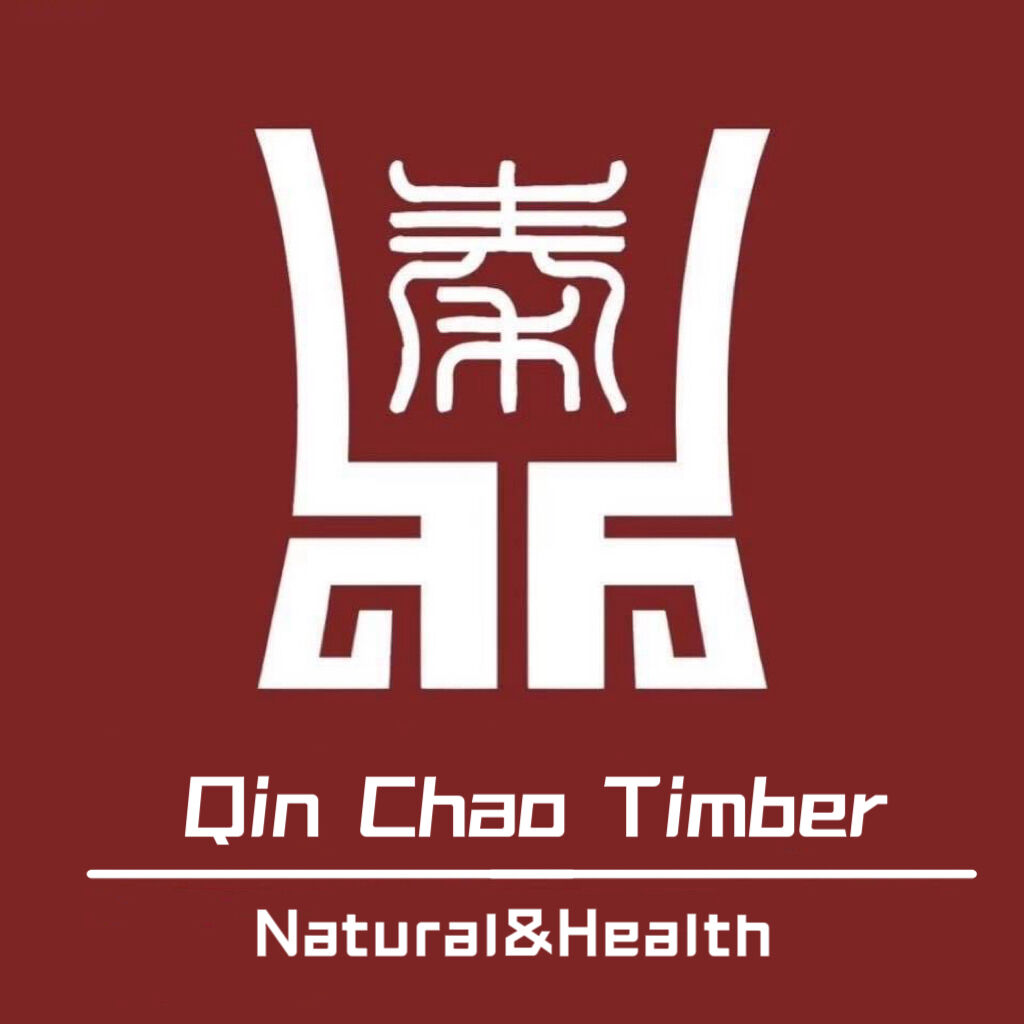The Science Behind Thermowood: How Thermal Modification Enhances Stability
How the thermal treatment process enhances wood stability
What makes Thermowood so stable? It all comes down to how it's processed. The wood gets heated between 180 and 230 degrees Celsius in controlled environments with limited oxygen. This heating changes what happens at the cell level inside the wood itself. One big change is that the wood holds about half as much moisture as regular untreated wood would normally hold. Why does this matter? Because when certain parts of the wood called hemicellulose break down during processing, the whole material stops reacting so strongly to changes in air humidity. Think about it this way: research published last year found that pine treated with thermal modification actually shrank only around 28% of what normal pine would shrink under similar conditions of high humidity (around 90%). That kind of difference really adds up over time for anyone working with wood materials.
Chemical changes in wood during thermal modification
The process induces permanent chemical transformations: hemicellulose degrades, eliminating a primary moisture attractant, while lignin polymerizes into a more rigid matrix. This reduces hygroscopicity by 40–60%, as verified in controlled thermal modification trials. No artificial additives are used–enhanced performance arises entirely from rearranged natural polymers.
Temperature and duration: Key factors in achieving improved dimensional stability
Optimal stability depends on precise control:
- 180–190°C: 20–30 hours for moderate gains (suitable for indoor use)
- 210–230°C: 30–40 hours for maximum dimensional stability (ideal for exterior cladding)
Exceeding 230°C risks embrittlement, while shorter durations leave residual hemicellulose that compromises long-term performance.
Comparison of raw wood vs thermally modified wood structure
Raw wood has a porous structure (35–45% void space), making it prone to swelling and shrinking with moisture changes. Thermowood’s closed-cell configuration, confirmed through microscopy studies, reduces moisture absorption by 50–60%. This structural transformation enables cladding to maintain less than 2% dimensional change during freeze-thaw cycles, compared to 8–12% in untreated wood.
Superior Dimensional Stability of Thermowood in Harsh Weather Conditions
Moisture Resistance in Thermally Modified Wood Reduces Swelling and Shrinking
Thermal modification reduces equilibrium moisture content by 40–60%, fundamentally altering how wood interacts with water. At temperatures between 190–212°C, hydroxyl groups in cellulose break down, limiting water molecule bonding. As a result, exterior panels resist swelling by up to 70% in high-humidity environments, according to accelerated aging tests simulating tropical conditions.
Data on Moisture Absorption: Thermowood vs Traditional Softwood Cladding
Independent testing shows Thermowood absorbs 6–8% moisture under saturation versus 12–15% for standard pine. This translates to just 0.3–0.5 mm/m dimensional change, significantly lower than the 1.2–1.8 mm/m seen in conventional softwoods. Unlike traditional wood that warps unevenly, Thermowood exhibits uniform linear expansion of 0.5–1.2% across all grain directions during humidity shifts.
Performance of Thermowood Cladding in Humid and Freeze-Thaw Climates
In a 10-year coastal Maine study, Thermowood cladding endured 55 annual freeze-thaw cycles with only 0.4 mm surface checking, compared to 3.1 mm in cedar. Its closed-cell structure prevents internal ice crystal formation, preserving integrity in sub-zero conditions. Research by timber engineering specialists confirms these panels retain over 90% initial stability after repeated saltwater exposure.
Long-Term Durability and Natural Decay Resistance of Thermowood
Resistance to Rot, Decay, and Fungi Due to Reduced Hemicellulose Content
The reason thermowood stands up so well against rot and pests has to do with changes happening right down at the molecular level. When manufacturers heat regular wood to temperatures between 212 and 230 degrees Celsius for anywhere from 48 to 96 hours straight, something important happens inside the wood structure. The process basically breaks apart hemicellulose, which is what fungi and insects rely on as food. According to research from VTT Technical Research Centre back in 2022, this treatment knocks out around 80 to 90 percent of the nutrients. What does that mean? Well, it makes the wood basically unappealing to anything trying to eat it away. Real world testing shows just how effective this is too. Cladding made from thermowood keeps about 95% of its original strength even after sitting outside for 15 whole years in those tough coastal areas where humidity is always high. Compare that to regular untreated softwood that only manages to hold onto about half its strength under similar conditions.
Long-Term Field Studies on Thermowood Durability and Decay Resistance
Decades of research validate its outdoor resilience. A 2023 Finnish 25-year study of wall panels in freeze-thaw climates found:
| Metric | Thermowood | Untreated Pine | Improvement |
|---|---|---|---|
| Decay incidence | 4% | 89% | 22x lower |
| Moisture absorption | 7% | 23% | 70% reduction |
| Maintenance frequency | Every 10y | Every 2–3y | 5x less |
These results support its Class 1 durability rating, the highest classification for natural wood under EU building standards.
Enhanced Durability Without Chemical Preservatives
Thermowood stands apart from those pressure treated options that depend on chemicals like copper or arsenic. Instead it works through simple heating processes that transform the wood at molecular level. When exposed to high temperatures, the natural sugars in the wood actually caramelize and form these really stable, water repelling structures inside the material. What this does is create something microbes just can't break down easily. According to what manufacturers are saying, their products last way beyond expectations too. Some cladding installations have been around for over four decades now, which makes them roughly three times as durable as acetylated wood counterparts. And when looking at how things stack up environmentally, studies show thermowood leaves behind about half again less of a footprint than those plastic composite materials we see everywhere these days.
Thermowood vs Traditional Wood Cladding: Performance, Lifespan, and Value
Thermowood vs Traditional Wood Cladding: A Performance Comparison
When wood undergoes thermal modification, it basically changes how it reacts to all sorts of environmental stress. Take regular softwood for instance – studies from the Forest Products Lab back in 2023 showed these woods can soak up anywhere between 15 to 25 percent moisture when humidity levels rise. But after thermal treatment, the moisture absorption drops way down to under 8 percent. That makes a huge difference too, since tests comparing treated versus untreated wood found about a 70 something percent reduction in warping issues. For architects working on building projects, this stability means they can get away with much smaller expansion gaps between boards. Instead of leaving those big 10 to 15 mm spaces needed for cedar, they only need around 3 to 5 mm. The result? Facades look cleaner and more uniform without those unsightly gaps disrupting the design aesthetic.
Lifespan Analysis: Exterior Claddings Made From Thermowood Last 2–3 Times Longer
When we talk about how long Thermowood lasts outside, accelerated weather tests show it stays strong for around 25 to 35 years. That's pretty impressive when compared to regular untreated pine which typically only lasts between 8 and 12 years before showing serious wear. Some real world evidence comes from a study over ten years watching 42 different buildings. The results? Just 11% of those Thermowood installations needed replacement boards while an astonishing 89% of standard facade materials had to be replaced. Why does Thermowood last so much longer? Mainly because it stands up better against sun damage and has a special treatment process that keeps the wood fibers stable, reducing those annoying cracks that form on surfaces exposed to the elements.
Aesthetic Evolution: Color Stability and Weathering Patterns
Regular untreated wood tends to turn gray and patchy looking after around 18 to 24 months outside. But when it comes to Thermowood, things work differently. This material ages much more evenly, developing that nice uniform silver look over about 5 to 7 years instead. Some tests have measured how rough the surfaces get over time, and Thermowood only becomes slightly rougher at about 1.2 micrometers per year. Cedar wood gets noticeably rougher at nearly 4.7 micrometers yearly. What about keeping colors? The oils applied at the factory stick around longer on Thermowood too. These finishes usually hold up for 6 to 8 years before needing renewal, which is actually twice as long as what happens with regular timber that only lasts about 2 to 3 years before fading away.
Is the Higher Upfront Cost Justified by Long-Term Savings?
Thermowood does come with a bigger price tag upfront compared to regular pine. The installation costs run around $18 to $22 per square foot while pine is typically between $9 and $12. But when looking at the big picture over time, owners end up saving quite a bit. Studies show somewhere between 60% and 68% in total costs over three decades because there's just so much less maintenance needed, coatings last longer, and replacements happen far less frequently. Another perk worth mentioning is insurance companies giving discounts of about 10 to 15 percent on buildings wrapped in Thermowood. They've recognized how much better it performs against fires compared to standard wood products which are usually rated Class C while Thermowood gets the better Class B rating.
Low Maintenance Requirements of Thermowood in Exterior Applications
Minimal Upkeep Needs Due to Inherent Moisture Resistance of Thermowood
When wood undergoes thermal modification, it becomes significantly less prone to absorbing moisture from the air. This process cuts down on hygroscopic properties by around half, which means there's much less swelling and shrinking over time. The result? Fewer problems with warping, cracks forming, or screws coming loose in regular cladding applications. According to research published last year in material science journals, wood that's been through this treatment stays stable dimensionally even when exposed for long periods to environments where humidity levels exceed 80%. From a practical standpoint, most installations don't need much attention beyond checking things once a year and giving them a quick wipe down with some gentle soap solution when needed.
Case Study: Residential Thermowood Wall Panels Requiring No Refinishing After 10 Years
Looking at those beach houses along Europe's western coast, many haven't needed any kind of refinishing despite being battered by salt air and constant rain for ten whole years. When scientists actually looked under microscopes, they found the surfaces were wearing down at around 0.2 mm per year, which is way better than what happens with regular pressure treated pine wood that degrades about seven times faster at 1.5 mm annually. The people living there don't complain about needing major fixes either. Most just grab their garden hose every now and then to wash off the green stuff growing on walls and decks. A bunch of recent studies from places where humidity stays high all year round back this up too. Something like ninety percent of those properties managed to skip applying new sealants completely for anywhere between eight to twelve years straight.
FAQ
What is Thermowood?
Thermowood is wood that has undergone a thermal modification process, which enhances its stability and resistance to moisture, decay, and pests.
What are the benefits of using Thermowood?
Thermowood offers superior dimensional stability, reduced hygroscopicity, high durability without chemical preservatives, and low maintenance requirements.
How is Thermowood different from traditional wood?
Unlike traditional wood, Thermowood has a closed-cell configuration that reduces moisture absorption, improves resistance to environmental stress, and lasts longer in harsh climates.
How long does Thermowood last?
Thermowood can last anywhere between 25 to 35 years, which is significantly longer than untreated wood, typically lasting only 8 to 12 years.
Is Thermowood environmentally friendly?
Yes, Thermowood leaves behind a smaller carbon footprint compared to other materials such as plastic composites or chemically-treated woods.
Table of Contents
- The Science Behind Thermowood: How Thermal Modification Enhances Stability
- Superior Dimensional Stability of Thermowood in Harsh Weather Conditions
- Long-Term Durability and Natural Decay Resistance of Thermowood
- Thermowood vs Traditional Wood Cladding: Performance, Lifespan, and Value
- Low Maintenance Requirements of Thermowood in Exterior Applications
- FAQ


 Products
Products